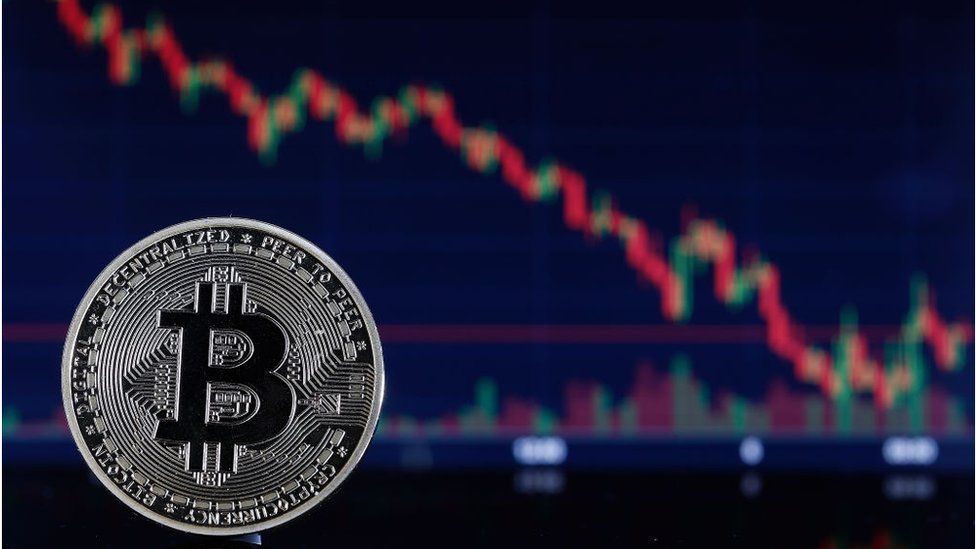If you’re new to the cryptocurrency trading world, it can be difficult to know where to begin. While there are a number of different ways to approach the market, there are also some simple tips that can help make your first few trades as successful as possible.
Leverage
Leveraged trading can increase your profits and reduce your risk, but it also comes with risks. You may lose a substantial amount of money on leveraged trades. This is why it’s important to take precautions and never use it without risk management.
Leveraged crypto trading involves borrowing money to purchase a crypto asset. If you borrow a large amount, you’ll increase your risk and have less control over the asset.
There are two main ways to use leverage in crypto. The first is using a “short” position, where you bet on a coin’s price falling. On the other hand, a “long” position is when you bet on a coin’s value increasing.
Limit orders
Limit orders are a great way to place a trade without having to be continuously watching the market. They are also a great way to limit losses. However, you need to know what type of order to use and what is the best strategy for your trading portfolio.
A limit order is a type of transaction that asks the exchange to execute your purchase or sale only if the market price of the crypto asset matches or exceeds the amount you are willing to pay. The order is placed on the order book and will only be fulfilled if the market price increases or decreases to the level specified.
Monitor the market
When it comes to cryptocurrency trading, the best strategy is to stay on top of your game and stay on the ball when it comes to determining when to exit a trade. The market is a fickle beast and when it comes to staking your hard-earned cash on a particular coin, it can be a gamble. However, if you plan on raking in the big bucks, it pays to be as prepared as possible. One of the best ways to do this is to have a good set of indicators in place, such as a solid stop and limit set.
You can’t monitor every crypto exchange in the world at all times, so you need to pick and choose the aforementioned best bets. It is also a good idea to have an all-in-one trading solution in the form of a cryptic e-wallet. This way, you can keep track of your cryptocurrencies without worrying about a third party stealing your money.
Avoid scams
When trading cryptocurrency, it’s important to understand the signs of a scam. Some of the more obvious signs include asking you to send a large amount of crypto right away. In addition, you should never give out your private keys.
Scammers can also create fake versions of popular online wallets. These apps can then be used to steal your account information.
You may also receive an unsolicited email that appears to be from a crypto exchange. It is important to avoid responding to these emails, since the message could be a scam.
Another common scam is the rug pull. This is a scheme in which a coin’s creator disappears with your money.
Futures trading
Futures are derivative products that allow investors to speculate on the price of an asset at a specified point in the future. There are various ways to trade these contracts, and each one has its own risks and rewards.
In order to get started, you must first open an account with a futures broker. The broker will ask you a series of questions regarding your financial situation, as well as your experience with investing. Once you meet their requirements, you can start trading.
Crypto futures provide a way for traders to hedge their investments in Digital Tokens. However, it is important to understand that this type of trading is risky. If you don’t have enough experience, you could easily lose your money. So, you should be ready to put in the time and effort to master the art of trading.
Trend analysis
Trend analysis is a way to study data in order to predict future events. It is a key element of investment decisions, and can help to improve your portfolio performance.
In addition to statistical measures, there are also other ways to analyze trends. Some of these methods include correlation, financial statements, and market data. All of these can provide useful insights.
For example, positive correlation indicates that two variables are moving in the same direction. Conversely, negative correlation means that the two variables are moving in the opposite direction.
To identify a trend, a trendline can be drawn on a chart. This can be used to determine support and resistance levels. Then, traders can use this information to decide whether or not to buy or sell a security.




